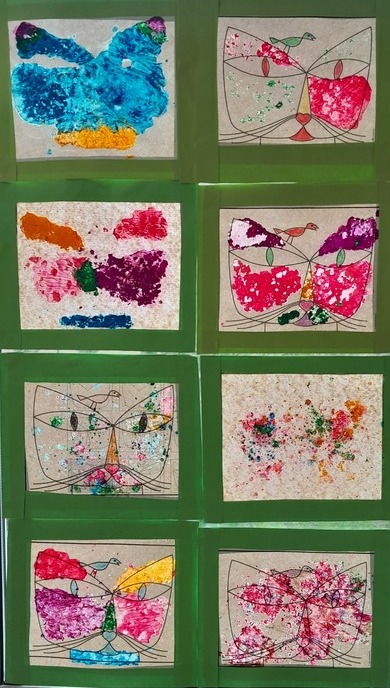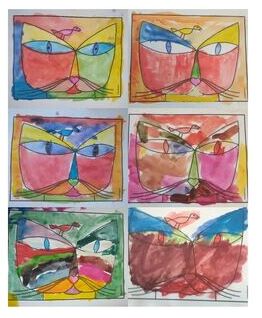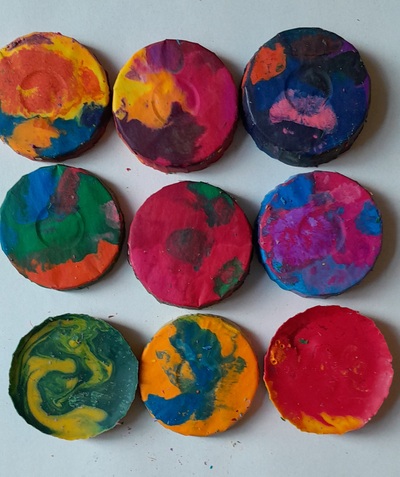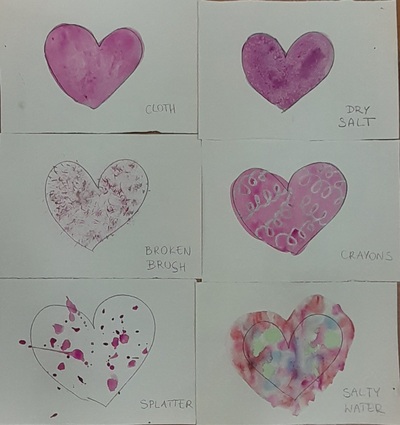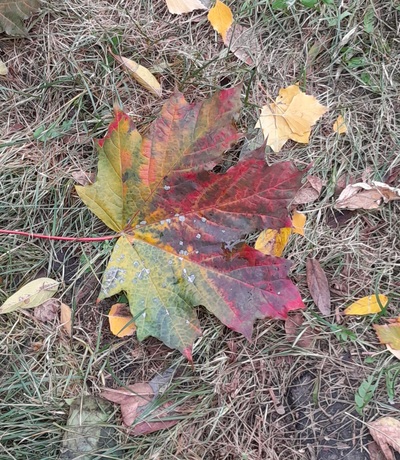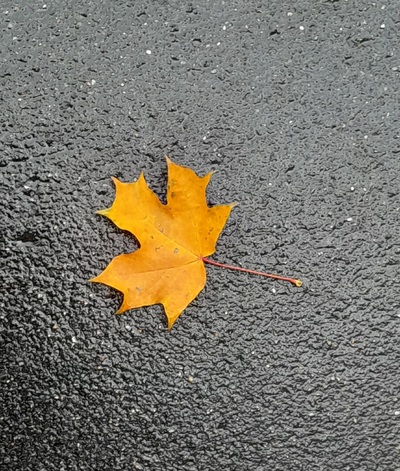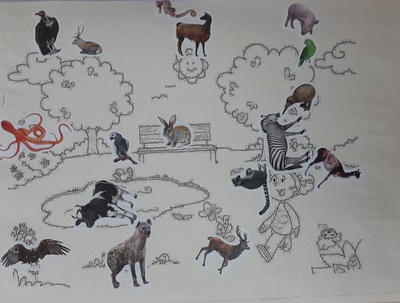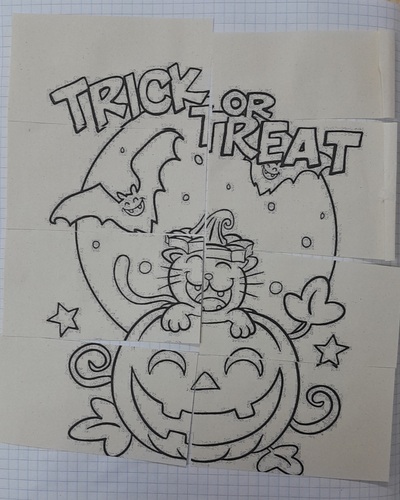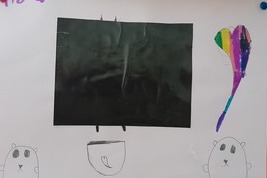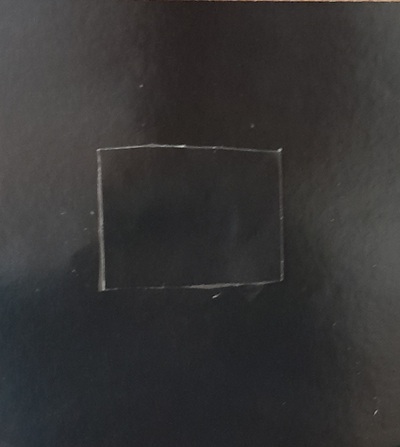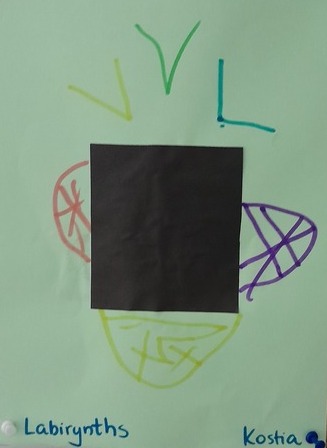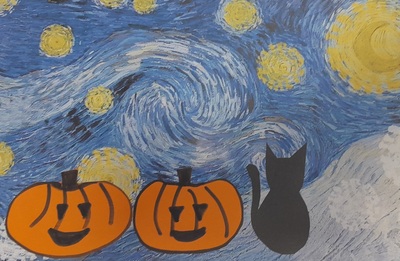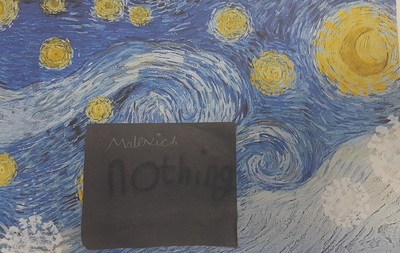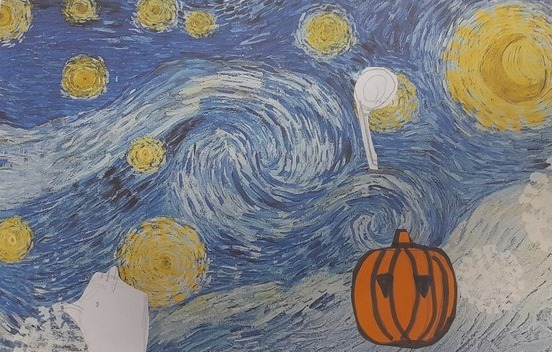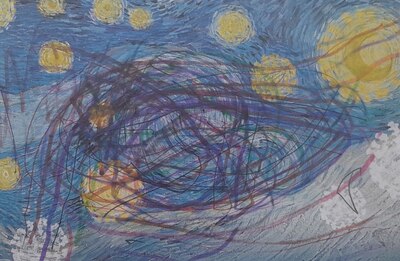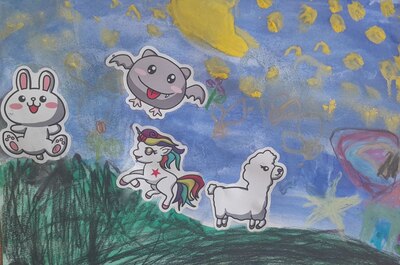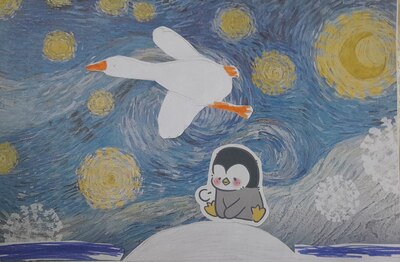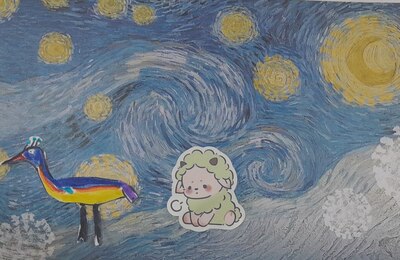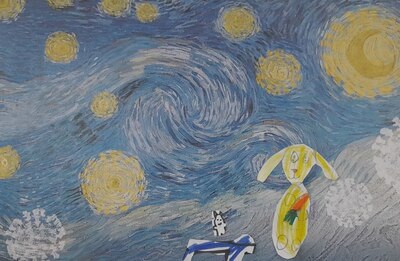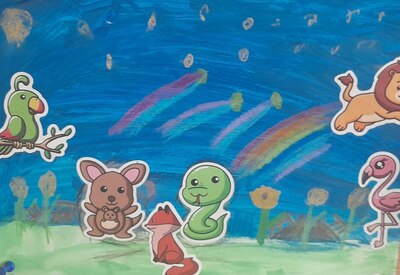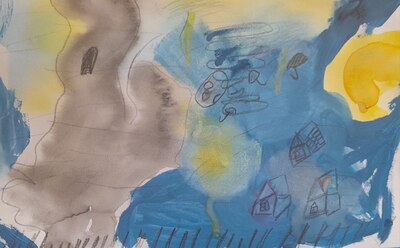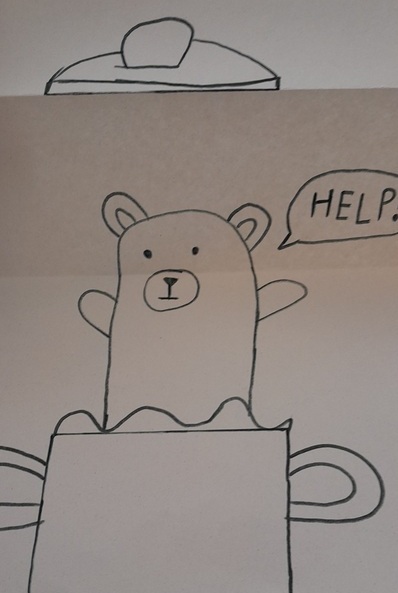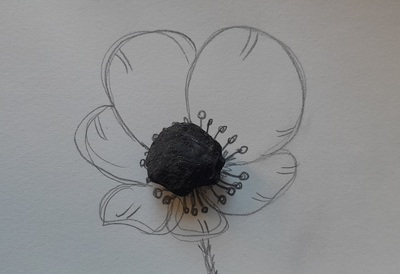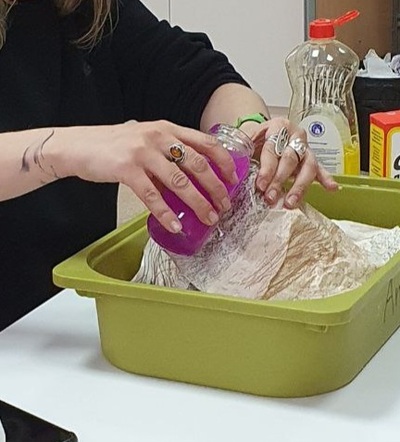
Ingredients
- A bottle, plastic or glass, we have used the small ones.
- Vinegar (a few spoons, I did not measure), baking soda (again, did not measure) and a few drops of the washing up liquid for the foam
- Different websites usually advise using food colouring for the beautiful lava but I didn’t have any so I just used a few drops of the regular guache paint
- A big plastic box or a tub (if you are doing it inside)
- A few pieces of A4, an old plastic bag and a piece of scotch for the outside of the volcano
- Someone to help you film or photograph because it happens very fast
- Anything accompanying elements: I have used a short cool video about volcanoes for kids, my personal photos from Kamchatka and an episode of Peppa in which Peppa (hooray) is making a volcano at school (hooray hooray)
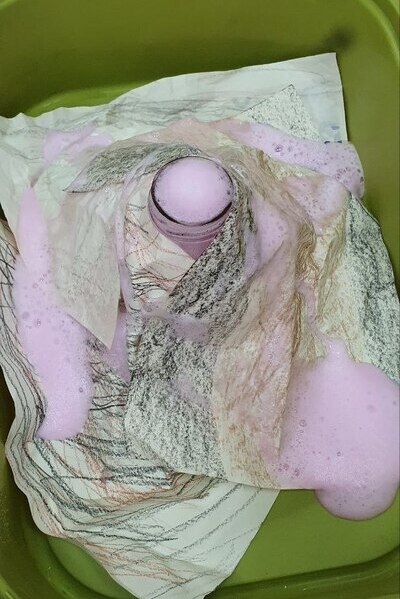
Procedures
- For us, this time, this was a part of the Autumn Camp with every day dedicated to one colour. Monday was ‘red’ and before the got to the Science / CLIL part of the day, the kids had a chance: to talk about all the things red, they wrote their own poems modelled on the poems I found here which were perfect for our pre-school and year 1 kids (and here are the more complex ones, for the older kids). They also had a proper Art class in which they made very simple but amazing collages of a volcano.
- By the time we got to the Science slot, the topic was already familiar to them. We looked at the video, we watched my photos from the trip to Kamchatka, including the volcanoes and the black sand on the beach and we watched Peppa. During the entire lesson, I wanted to draw their attention to some of the elements / words related to volcanoes especially: magma, lava, gases, temperature.
- I also introduced all the ingredients and I explained that we will try to create the gas and the lava.
- Afterwards every child prepared an A4 piece of paper by colouring it with black and brown crayons and then by crumpling it. Afterwards we relocated to our Lab (aka the dinning room).
- I divided the group into three teams and each team prepared their own volcano: a bottle, wrapped in a plastic bag (for volume), scotched around, then the A4 pieces of paper, wrapped around and scotched over. Even if in the clumsiest of ways. While the kids were preparing the mountains I prepared three jars of water with the colouring (aka paint).
- I showed the kids all the ingredients and I demonstrated the experiement the first time, trying to encourage the kids to help me name the ingredients. Afterwards, we repeated it with the other volcanoes.
Why we like it
- Well, simply, it was a lot of fun, especially in connection with all the other things that the kids did on the day.
- It is a very simple project, with minimal resources (although, yes, I am aware of the fact that vinegar or soda is not something that is normally available at school). All class is involved, everyone is putting their shoulder to the wheel and it is feasible even with the youngest kids as everyone can colour a piece of paper and crumple it. I had the help of my TA with building of the volcano so that’s why we could do it with three volcanoes simultaneously but they can be dealt with one at a time or all the kids can build only one big volcano, together.
- We have three different volcanoes with three different colours but I have also found the version of three bottles scotched together with a tri-colour lava…
- If you have an opportunity to do the experiement outside, you can build a mountain around the bottle using sand or snow but our camp falls in the middle of a very rainy autumn week so we had to do it inside. I have to admit, though, I liked it even more as we turned it into a team project and it worked really well.
- This same experiement can be used with the older students and they can benefit even more from the vocabulary input or learning about the whole process in a Science lesson. Essentially, by mixing vinegar and baking soda, we are producing some CO2 which is one of the gases produced during the volcano eruption, too. There is also some potential of including it in a regular EFL course. Superminds 5 by CUP has a whole unit devoted to volcanoes and the history of Pompeii.
Happy teaching!
